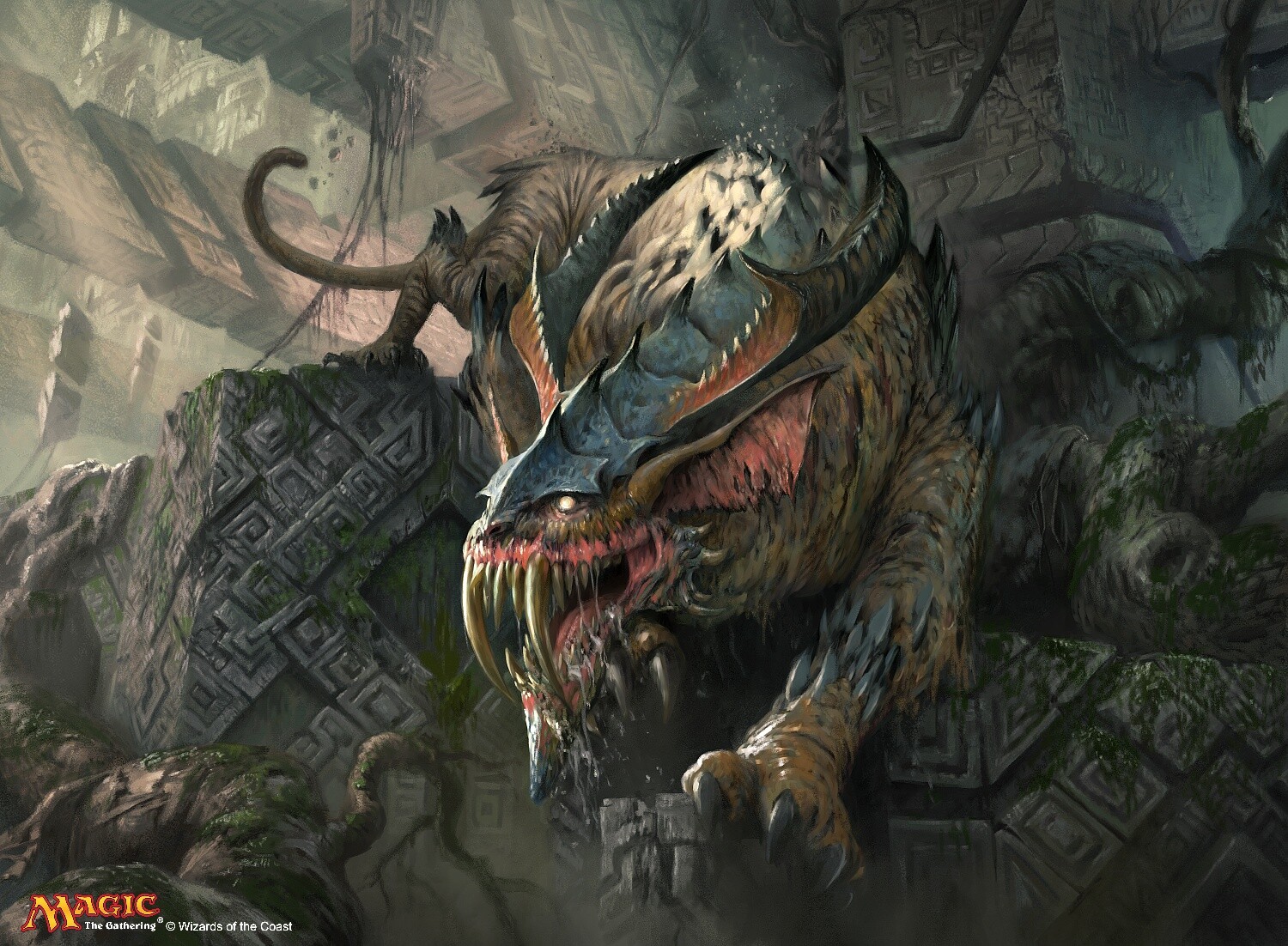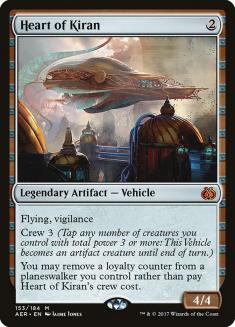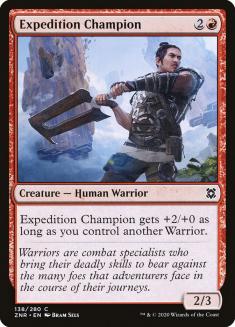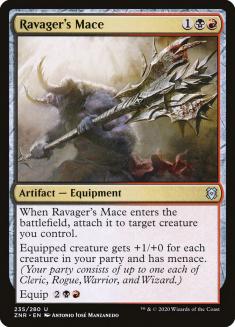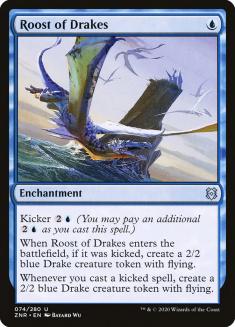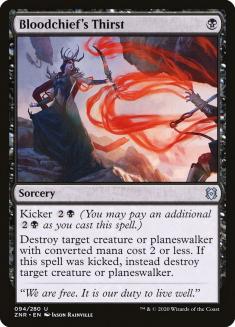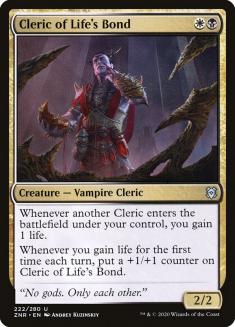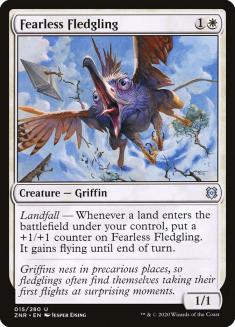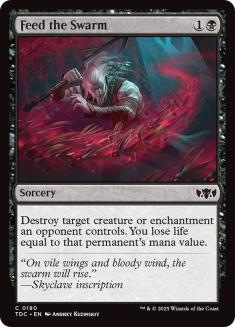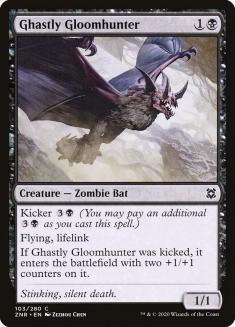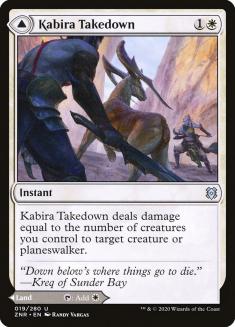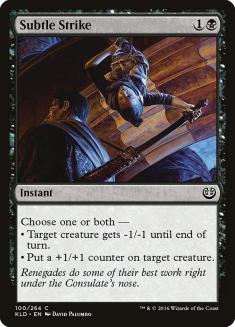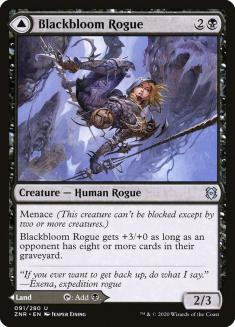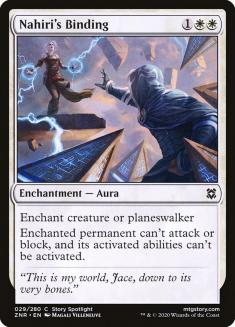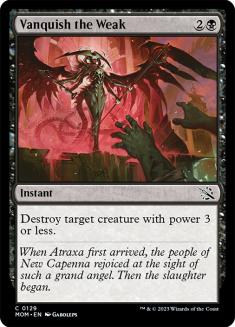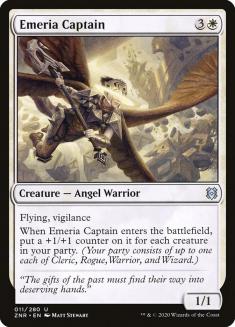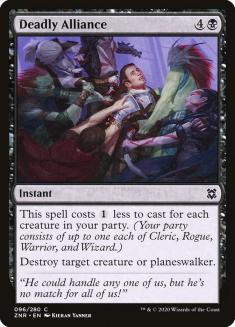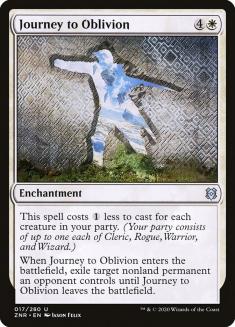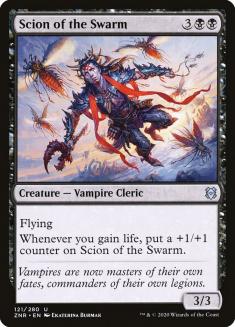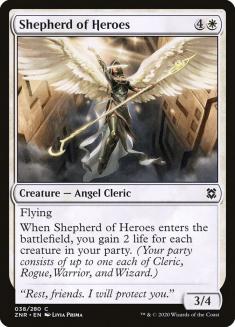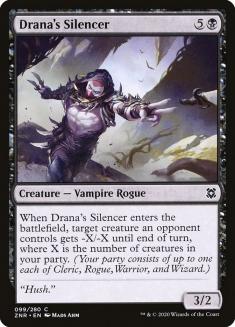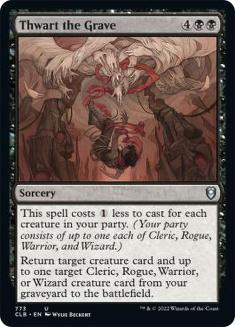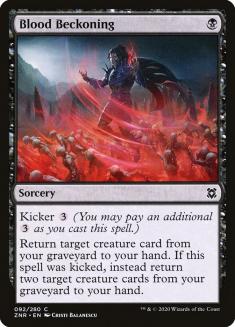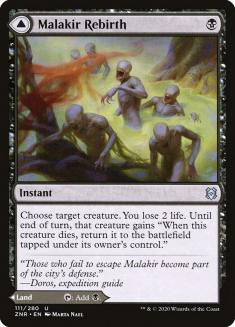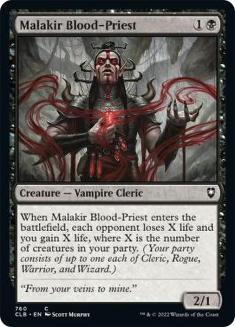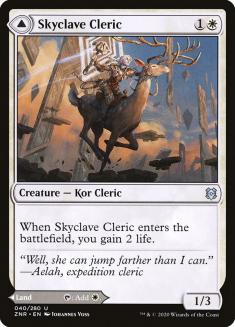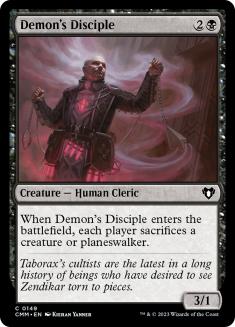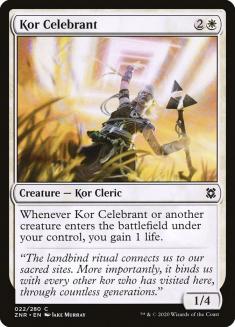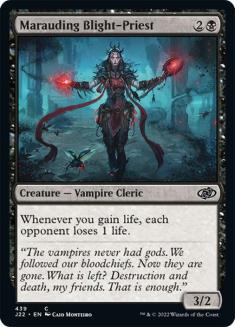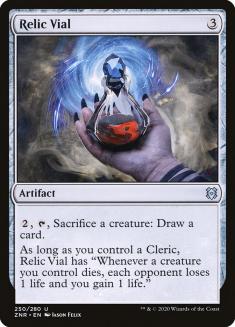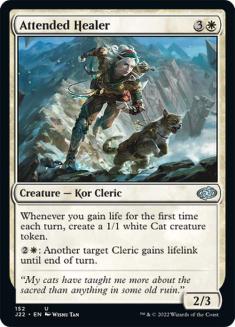Many years ago, I played in a draft that included Mike Hron and Matt Severa. This wasn’t a Magic draft; it was another game neither of them had played before (The Spoils, I think), and they’d only been taught the basics before drafting. Not knowing any of the cards, and with minimal frame of reference, they had to find shortcuts to evaluate cards while drafting. Both used different methods to come up with solid decks and I found that draft enlightening about both of them and Magic-style CCGs in general.
You may not have heard of Mike Hron. He’s been away from the game for a long time, but he’s one of the best Limited players of all time. The last two times we had individual Limited Pro Tours, he won one and Top 8’d the other. After years away from the game, he came back for a series of Team Limited GPs and flat-out won three in a row that he played. After I finished college, but before I qualified for the Pro Tour, I used to draft with him all the time. The best advice he ever gave me was, and I quote, “Draft the good cards.”
He wasn’t much of a talker.
That said, there’s actually a lot to unpack from that obvious and reductive statement. It speaks to how Hron prioritizes power level. He doesn’t tend to commit strongly to colors early and prefers power over synergy. Note that drafting a curve is prioritizing a kind of synergy, so he’s less likely to draft to a strict curve and won’t sacrifice individual power to do it.
When Hron drafted a game he wasn’t familiar with, he focused on the text boxes on the cards. He didn’t have much frame of reference for what size a creature should be, so he didn’t really worry about it. He drafted cards that read in a way that implied that they worked together and trusted that the designers of the game would make sure that their well-supported theme would be playable when explicit synergies were combined. I don’t remember what his deck did, but it was something — the cards worked together toward some kind of strategy that was greater than the sum of their parts.
This is a bit of deviation from the advice he offered to take the good cards because he lacked a frame of reference to determine which cards were actually good. Falling back on words in an unfamiliar setting highlighted his first instincts, but in Magic, where’s he’s an expert rather than a novice, his approach does synthesize multiple perspectives, as all experts will.
Matt Severa was known for his love of attacking and almost always drafted aggro decks in any Limited format. When presented with a new game that still had a basic mana system, he stuck with what he knew — he drafted a good curve of creatures that had the best rates he could find and paid very little attention to the words on the cards. He drafted by the numbers and ended up with a solid aggro deck.
This isn’t to say he didn’t read the cards. He knew that he was trying to draft an aggressive deck and took cards that would support that strategy, but without knowing how well any given theme was supported, he didn’t gamble on taking a card that suggested a theme might be present. Instead he just evaluated the text to see how it impacted the rate of a card, the same way someone drafting an aggro deck in Magic would likely decide that a 2/2 flyer is a better rate for the same cost than a vanilla 2/3 despite the numbers being smaller.
I’m aware that saying Severa looked at individual rate on cards while Hron looked at how cards played together undercuts my point about Hron valuing individually powerful cards, but this kind of gets back to what I was saying about how a curve is a synergy, and Severa was drafting cards around the synergy of curving out attackers, while Hron was drafting strong effects. Anyway, these things are complicated and real stories don’t often make perfect anecdotes.
The point is, when analyzing new cards or a new set, it’s useful to attempt to consider cards from multiple different perspectives or approaches because different sets favor different approaches. In some sets, I’ve been well served by focusing on building decks around commons and sprinkling in uncommons for extra power, but in other sets there are a lot of uncommons that you actually build your decks around and the build-around uncommons dictate which commons you take to support them, so you really need to start an analysis with the uncommons.
Another pair of different ways to look at a set is words versus numbers. Are you looking for explicit synergies in text boxes or are you looking to get your synergy in the form of a good curve with good rates?
I’ve drafted Zendikar Rising both by words and by numbers. In my first draft I took some early signpost uncommons that pointed me toward drafting Rakdos Party. The party mechanic rewards you for having multiple creatures on the battlefield before you cast your payoff cards, which means that cheap creatures with the right types are at a premium.
Knowing that I was going to be pushed to value cheap creatures in red and black, it seemed clear that I’d be drafting an aggro deck. Informed by the words on a few of my cards, I knew that I’d be primarily drafting a numbers strategy — my goal was to fill out a smooth curve while prioritizing the rate on my creature but also keeping tabs on my type diversity, a fun twist that added some tension to a numbers draft that can feel a little mindless.
In my second draft, I drafted Simic Kicker. Again, I got some strong signpost uncommons that told me to draft cards with kicker. The kicker mechanic naturally does a lot to protect against having a bad curve because the cards that I drafted to be cast for a lot of mana could also be cast for less early in the game if I had to. Since every card occupied two slots in my curve, I didn’t have to assign a lot of weight to balancing my curve, especially since the power level of my deck in the late-game was so high, so I didn’t need to curve out except to keep myself alive through the early-game.
In this draft I basically just looked for cards in my colors with the word kicker on them and my only decisions came when there were either multiple cards that referenced kicker or a pack with no cards that referenced kicker, where it was unlikely that I’d play anything I took anyway. Here, I was drafting entirely by words.
In general, aggro decks prioritize numbers and engine/synergy decks prioritize words.
Control decks are actually kind of in the middle and can skew toward numbers when they aren’t about a particular synergy as much as living to draw their bomb. A lot of your picks are actually just about choosing the interactive spells with the best rate, so despite the fact that these don’t have literal power and toughness, the cards still basically reduce to numbers.
“How much mana does the cost and how much mana do I expect the kind of creature this can kill cost?” is the fundamental question that informs the rate of removal spells. If you draft a few bombs and then spend the rest of your draft taking cards that slow the game down and draw cards to find your rare, I’d argue the fundamentals you’re working with are basically just numbers.
My point here isn’t that you should merely evaluate whether you’re in a words archetype or numbers archetype. Everything matters and you want to be aware of both. My point is very much the opposite — when trying to figure out a new format, it’s helpful to imagine how it would look and what kinds of decks you’d end up with based purely on the words, and then evaluate again to see where the numbers point before ultimately arriving at a synthesis.
Take Orzhov in Zendikar Rising for example. If we start by approaching the archetype from a numbers perspective and look for the cards with the best rate, the following commons and uncommons stand out:
These are individually strong cards that have better rates than their alternatives at their costs. Mostly, I notice that this is strong removal and big flying creatures with some party synergies. These cards are sorted by converted mana cost, but I could rearrange these to rank by power level and come up with a reasonable pick order list for Orzhov and then fill in with defensive support creatures to round out my curve and I’d end up with a reasonable and coherent deck. Noticing that I’m prioritizing removal; I could increase my evaluation of cards like Blood Price and Spare Supplies to support this strategy.
If I approach the archetype from a words perspective instead, the following commons and uncommons stand out:
These lists have a lot in common. Good cards are good cards. However, a lot of my best experiences with Orzhov have been combining Attended Healer with Kor Celebrant and/or Relic Vial or Malakir Blood-Priest with Ghastly Gloomhunter or Kor Celebrant. Basically, the words approach in this archetype highlights the lifegain and Cleric synergies. That said, there are other directions that words can draw you to that I didn’t lean into in this list.
Instead of being drawn to that stuff, your attention could be drawn to +1/+1 counters. Subtle Strike and Guul Draz Mucklord allow you to put counters on creatures like Kor Blademaster, Skyclave Sentinel, and lifelink creatures that get a lot better with +1/+1 counters, and Fearless Fledgling, Cleric of Life’s Bond, Paired Tactician, Emeria Captain, and Prowling Felidar are white creatures that can put counters on themselves to synergize with Hagra Constrictor and Skyclave Shadowcat in black.
Studying which synergies are possible and how well-supported they are allows you to notice openings to move into an archetype or include a subtheme you might miss otherwise that can allow your deck to get some extra power.
Different players will ultimately gravitate toward preferred ways to draft archetypes — some might look for Clerics early if they start the draft with strong white and black cards that don’t point in a particular direction, while others might look for +1/+1 counters cards and others might try to stay open by just taking the cards with the best rates.
All of these can and will be successful, so it’s easy for players to get stuck drafting an archetype however they find early success. This is part of why even late in a format we can find very different pick orders and strategies from different successful players. Following any of these plans will beat following none of them and a lot of players aren’t going to be drafting toward any of them particularly well.
This is why I don’t really touch the “here are the top cards for Limited in this set” type of strategy article — I barely even trust “this is how to draft this color combination” in a really well-designed set, as there are a lot of different ways to draft a single color pair, and I think that holds really well in Zendikar Rising, which is why I think it’s a great Limited format.
Because party, kicker, landfall, counters, non-party tribal synergies, and other assorted synergies are spread so well between colors, you can often include subthemes that care about some of these synergies even when you’re not drafting a color combination that primarily cares about that thing. Like, Simic is the kicker color pair, but you can draft decks with a kicker theme in any deck with blue or green cards, and while Simic decks usually don’t care about party, because most kicker cards don’t have relevant types, so it’s possible to draft a Simic deck that uses some party synergies.
This format has a ton of bridge mechanics, which is what makes it awesome, but it also makes strict, structured guides and rankings hard. While this article is mostly about fundamentals that can apply to any Limited format, it’s not a coincidence that I’m inspired by and writing this about Zendikar Rising. This is a set that really rewards you for studying all the synergies that can exist and being ready to incorporate subthemes as they present themselves even in spots where you weren’t expecting them to pop up.

